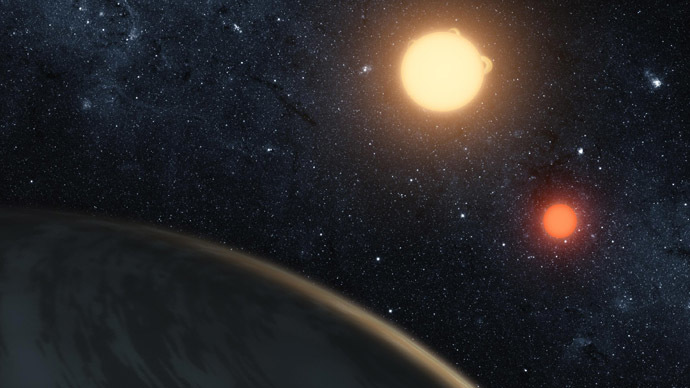American astronomer discovers Earth-like Red Dwarf planet

A new, Earth-like, inhabitable planet has been discovered outside our solar system by American astronomer Thomas Barclay. The planet is almost the same size as Earth – just one-tenth bigger – and is orbiting a Red Dwarf star.
The planet orbits around an M1 Red Dwarf, or small and relatively cool, star, where liquid (including water) can exist. Such planets are in the “Goldilocks” zone, scientists say – like Goldilocks’ porridge, they are not too hot and not too cold, and therefore could potentially support life.
At least five other planets, apart from the freshly-discovered one, are orbiting the Red Dwarf.
By contrast, the Earth’s sun is a G-dwarf, a much bigger star.
The radius of the newly-discovered planet is just 1.1 times the size of our planet. Until now, the smallest Earth-like planet discovered, Kepler-62f, was 1.4 times the size of the Earth and 1,200 light years away.
Nasa’s Kepler mission was launched in 2009, with its aim being to look for Earth-like planets. Since then, the mission has found about 3,000 possible candidate planets. More information about the mission’s findings is due to be released later this year.














